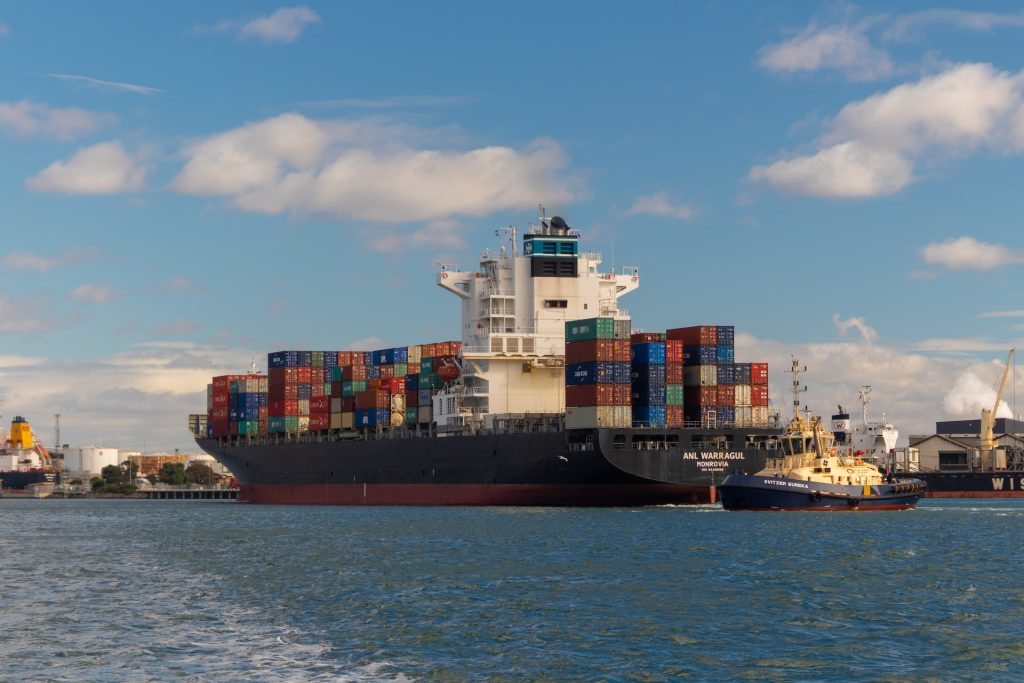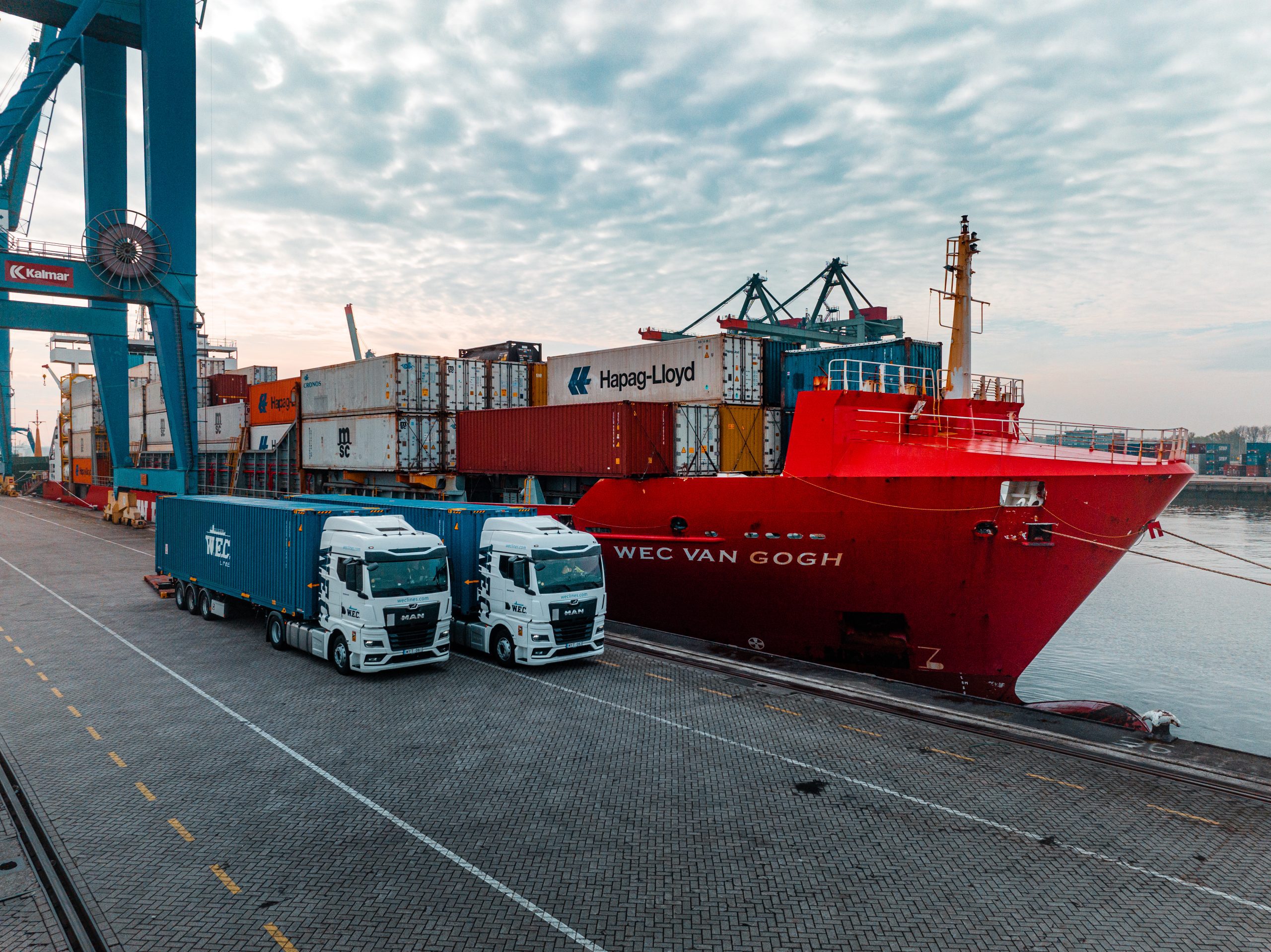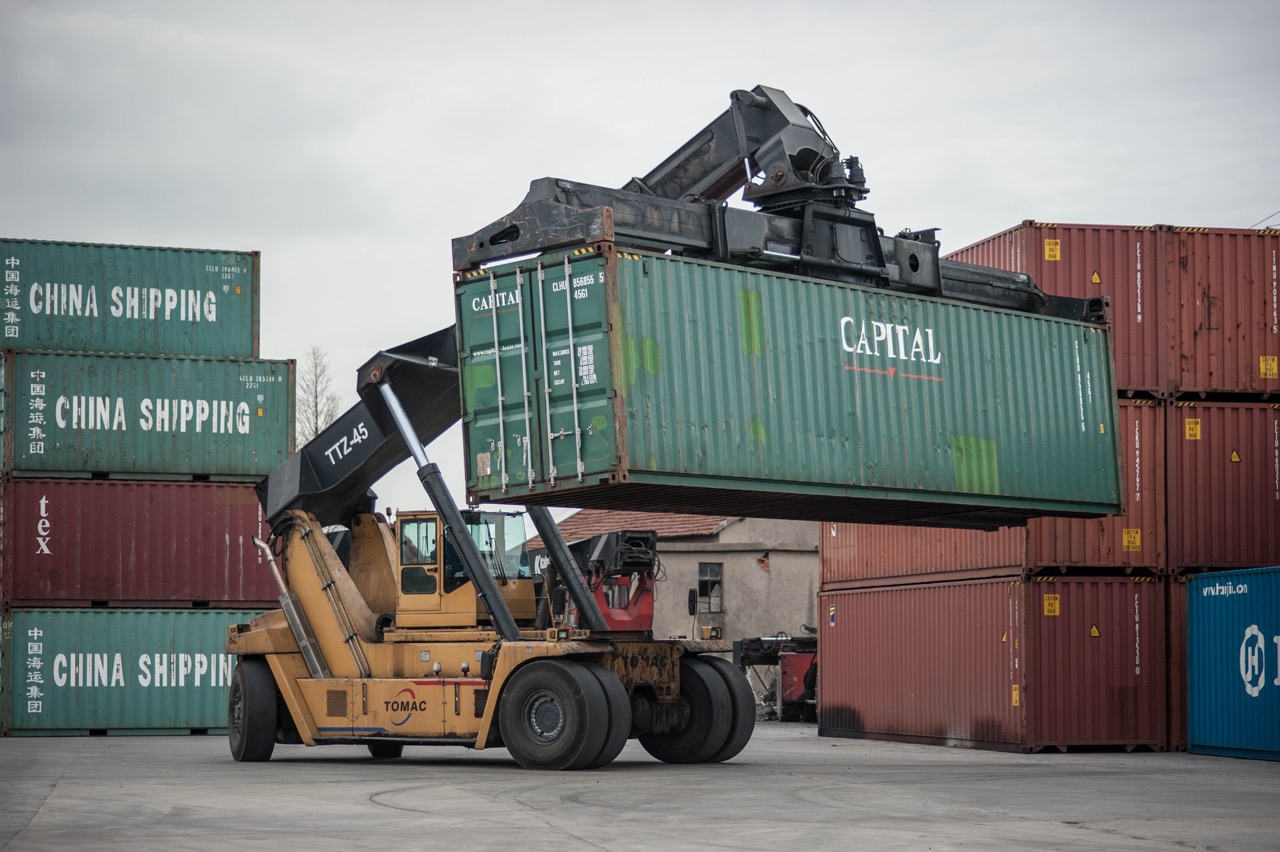Freight rates go down, as does the capacity for transportation
After the boom in maritime transportation and record tariffs for operators’ services, freight rates started to decline. To stabilize the situation, many companies resorted to capacity reduction, but so far it has not brought any tangible result.
According to Sea-Intelligence, the Trans-Pacific Corridor is experiencing flight cancellations. This has resulted in operators reducing their supply by about 26-31% of what was previously planned. As for traffic on the Asia-North Europe route, there is a decrease of 19-27%. Such a decision of carriers could not slow down the rate of freight rates decrease, which continues to decline rapidly. Such dynamics are observed on the main West-East routes.
Sea-Intelligence analysts believe that the main factor of this situation is considered to be the rush on the market in 2020. At that time, the demand for shipments grew at a record pace, which led to an increase in capacity. Now the demand for so many shipments has decreased, but even with large-scale reductions, the supply will be at the level of 2019. So far, capacity levels are higher than they were before the pandemic. For example, on routes from Asia to the Pacific Coast to the United States, the current supply is 1.9% higher than it was in 2019; on the Asia-Northern Europe route, it is 5.1% higher.

So far, only one destination has reduced capacity below what it was in the pre-pandemic period, and that is from Asia to the Mediterranean coast. Here the number of offers is 1.3% lower than what was recorded in 2019.
Analysts forecast that with the current dynamics of reduction spot rates by the end of this year should reach the levels in effect before the impact of the pandemic. The SCFI freight index records the rate of change in spot rates for container shipments. It acts to track the rate of change in the cost of container transportation services from the port in Shanghai. According to this index, there was a 51% drop from July to December 2022. Based on these values, each week the index showed a drop of about 7.5%. If this trend continues, the index will reach pre-pandemic levels rather quickly.
In the second half of last year, the rate of rate reduction accelerated. According to experts, the reason was the fall in demand, more intense than previously assumed. In addition, there is serious competition in the market, which also affects it.
A number of logistics companies are trying to attract as many customers with cheap cargo as possible to compensate for the downtime. However, against the backdrop of falling demand, it is becoming increasingly difficult to do so. In addition, the sea freight market is affected by global geopolitical and economic instability.

















